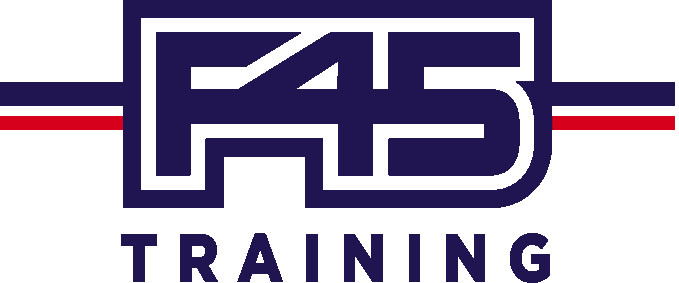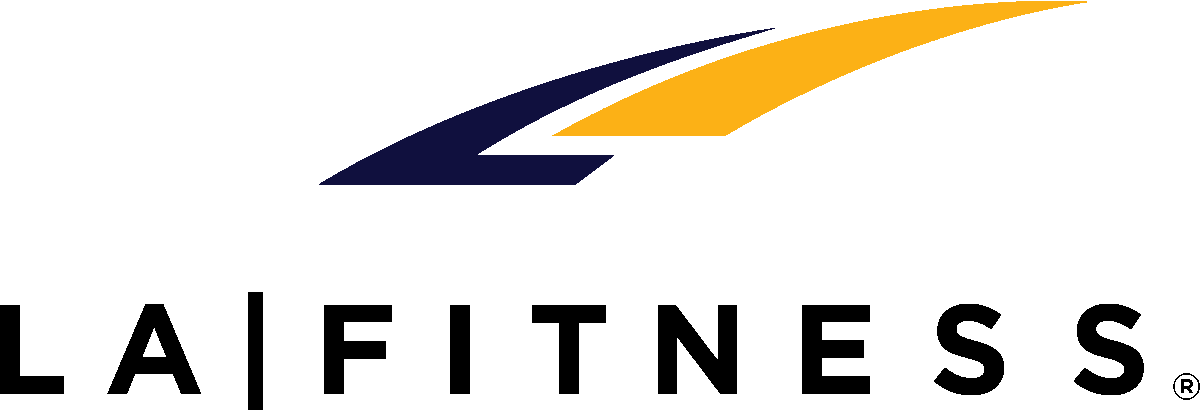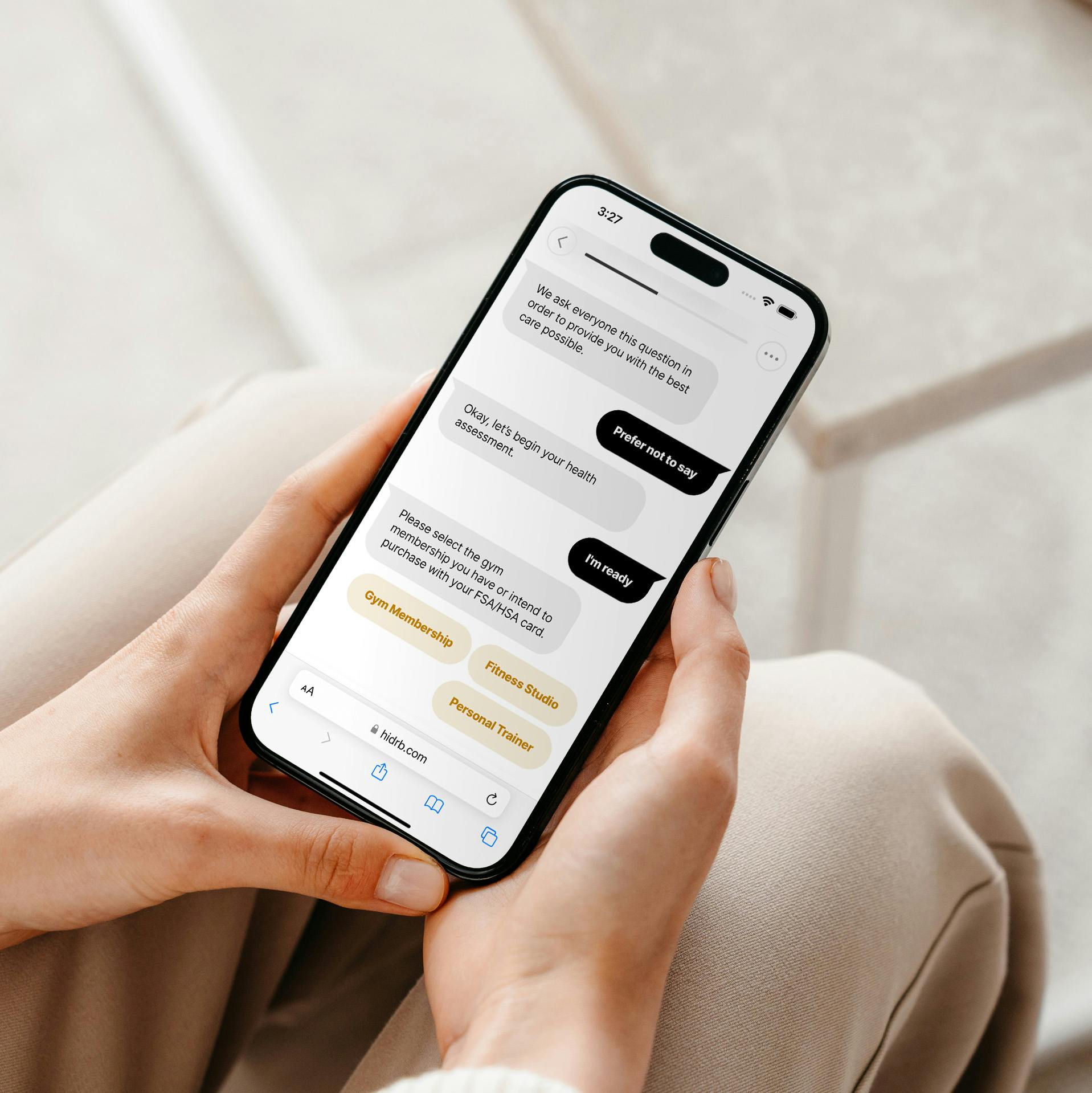Get fitness fees reimbursed with your HSA/FSA funds
$15 consult—no video required
Letters emailed within 1 day
Valid for 1 year—future expenses only
Fitness can transform whole-body health. With a Letter of Medical Necessity from Dr. B, qualifying patients can unlock pre-tax HSA/FSA funds to save money on gym memberships, fitness classes, personal training expenses and more.

You earned it.

Pre-tax dollars
A Health Savings Account (HSA) or Flexible Spending Account (FSA) lets you bank your income before taxes—but options for spending can be limited.

Letter of Medical Necessity
Dr. B offers $15 online consultations that include a Letter of Medical Necessity, if appropriate.

Unlocked spending
With a Letter of Medical Necessity, gym memberships and fitness classes can be paid with HSA or FSA funds.
Gyms + fitness studios where you can claim this benefit








































Consultation
Complete your consultation with Dr. B right on your phone or computer. No video calls. Simply answer some questions about your health and fitness goals.
Available in all 50 states, 365 days/year

Dr. B Price
Dr. B offers online consultations for $15, which is less than most copays for a doctor’s visit—and the lowest price amongst telehealth companies.
No subscription required
See what others are saying about Dr. B

Here's what to expect
Tell us about your medical conditions and fitness goals with a $15 online consultation.
A medical provider will review your information and email you a Letter of Medical Necessity, if appropriate.
Submit your letter and fitness receipts made on or after the letter’s date to your HSA/FSA administrator. (Valid for one year.)
Lose weight with a weekly injection

Meet our advisors
“Our most valuable asset is our health. Whether you're a billionaire CEO or a single mom of multiple children—whatever your situation is—you can't do that without your health.”

Questions?
If you have a question we haven’t answered, send us a message. We’re happy to help.About Letters of Medical Necessity
What is a Letter of Medical Necessity?
A Letter of Medical Necessity is a document that details why a patient needs a specific product or treatment (like a wheelchair, vitamin supplement or swim therapy) for medical purposes so that the expense can be paid for with funds from an HSA (Health Savings Account) or FSA (Flexible Spending Account).
HSA and FSA accounts allow you to set aside pre-tax money you can use to pay for qualified medical expenses. But sometimes, these health care costs might not be automatically recognized as HSA or FSA-qualified expenses. In such cases, a Letter of Medical Necessity provides documentation explaining why that particular expense is medically necessary so that it meets the criteria for reimbursement under HSA or FSA guidelines.
Am I eligible for this?
You are eligible if:
- You have an active HSA or FSA account.
- You are preventing or reversing health conditions like depression, anxiety, chronic fatigue, insomnia, obesity, infertility, diabetes, heart disease and more through an exercise or fitness routine.
What is an HSA/FSA account?
How does this work?
Dr. B medical consultations involve a short health assessment about conditions you are working to prevent or reverse. If eligible, you'll receive a Letter of Medical Necessity detailing how exercise can help prevent or treat your condition, qualifying related costs as HSA or FSA-eligible expenses. (The letter comes a few hours after you’ve completed payment.)
If you have an HSA or FSA account, you can submit this letter to reimburse future gym memberships, fitness classes, personal training or other exercise program fees. To ensure compliance, keep that Letter of Medical Necessity and applicable receipts available for the next three years.
How much will using my HSA/FSA card save me?
HSA and FSA accounts consist of pre-tax funds, meaning you won’t pay income tax on money you put into those accounts and then use to pay for qualified healthcare expenses.
Using pre-tax money from an HSA or FSA account saves you money because you’re not paying tax on income you’ll then use to buy health-related items. This essentially increases your purchasing power for healthcare necessities. In 2025, individuals can contribute up to $4,300 (and families $8,550) to their HSA, and up to $3,300 to their FSA. Most patients save between $1,000 and $2,000, depending on their state and tax bracket. (You can calculate your savings based on those parameters.)
How do you submit a Letter of Medical Necessity to your HSA/FSA administrator?
- Find your HSA/FSA administrator: If you’re not sure who your HSA or FSA provider is, contact your employer's HR department. (If you have health insurance through the public marketplace, find your provider’s information through the financial institution that set up your HSA.)
- Access your HSA/FSA administrator's web service: Set up a new account or use your login details to access the online platform of your HSA or FSA provider.
- Locate their 'Reimbursement' or 'Claims' section: Find the dedicated area on your HSA/FSA's website that handles reimbursements or claims.
- Submit your letter and receipts: Upload your Letter of Medical Necessity from Dr. B and the receipt for the product or service you bought as a result of your Dr. B health assessment. Purchases must be made on or after the date of your letter.
- Wait for your claim to be processed: Once you've submitted all required documents, it may take a few days or weeks for your HSA/FSA administrator to review and process your claim. Once confirmed, they’ll deposit the reimbursement amount into the account you specified. If you run into any issues with your provider’s form submission requirements, request support from our team via your patient dashboard. We’ll help sort it out.
- Use your Letter of Medical Necessity for future claims: You may be able to use your Letter of Medical Necessity for the same items if you file the claim within your 12-month period. For example, if you use your HSA for gym membership fees, you may need to resubmit when you renew your membership.
How long does it take for HSA/FSA administrators to reimburse qualifying purchases?
HSA/FSA administrators typically approve expenses 7-10 days after you submit your Letter of Medical Necessity and receipts. But reimbursement timelines can vary depending on your particular HSA/FSA administrator.
For how long is my letter valid?
What is the process for declaring these purchases on my tax returns?
You don't need to submit any additional IRS tax forms for personal purchases made with FSA funds. (If you use your FSA to pay for the care of a dependent, you’ll have to file Form 2441.)
HSA tax benefits filing involves three IRS tax forms: 1099-SA, 5498-SA and 8889. Form 5498-SA is filed by the provider of your HSA account. During tax season, your provider will send you Form 1099-SA with information you’ll use to complete Form 8889, which you’ll need to submit with your annual tax filings. Make sure to keep copies of all documents you submit. Contact your HSA provider's customer service if you need assistance.



